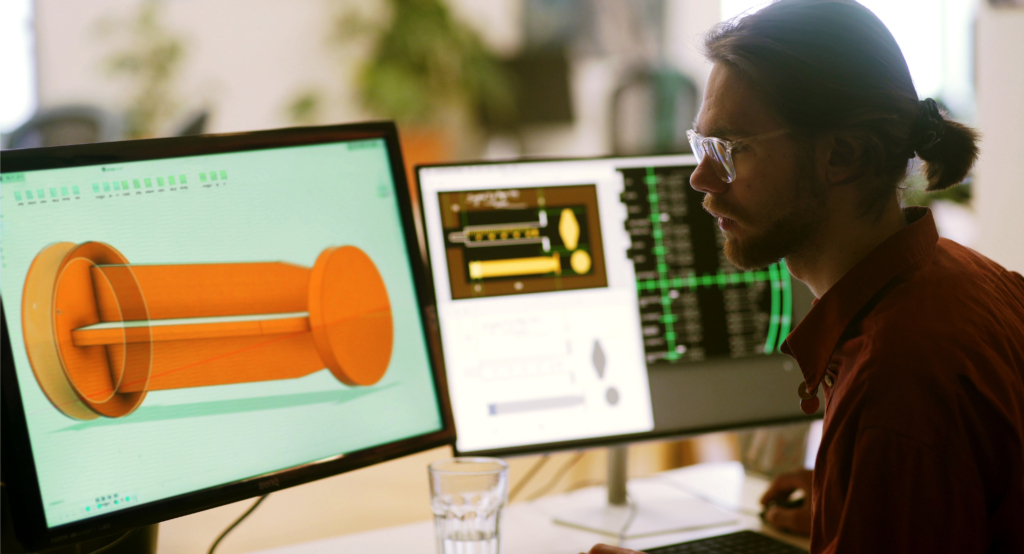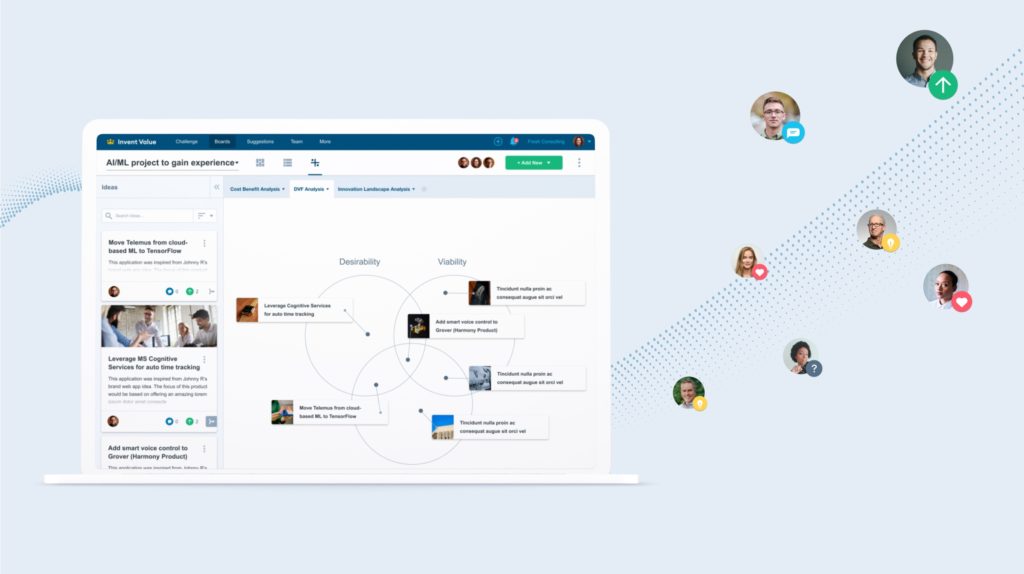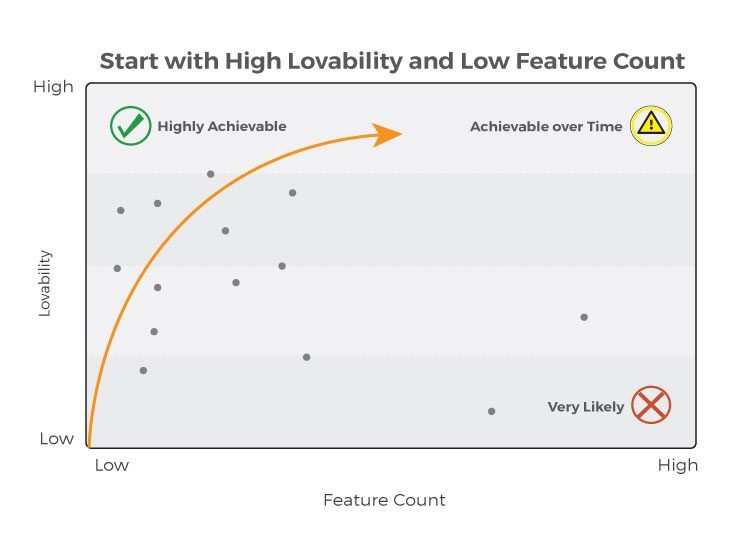Article
Why You Should Know About Robotic Process Automation (RPA)

“Robotic Process Automation” (RPA)—does that sound like engineering? Something adjacent to autonomous mobile robots, manufacturing automation, or robotic systems integration?
It could be—if it were a project associated with robotic software development—but RPA doesn’t have to do with robotics in the traditional sense. The name is a bit misleading. Breaking RPA down into its simplest form, freelance journalist and TechTarget editorial strategist David Essex calls it “software robotics.” He also cites some common uses cases:
- Automated financial and accounting activities within an ERP platform (invoicing)
- Order management and payment processing in an e-commerce application
- Automating routine tasks related to insurance claim management
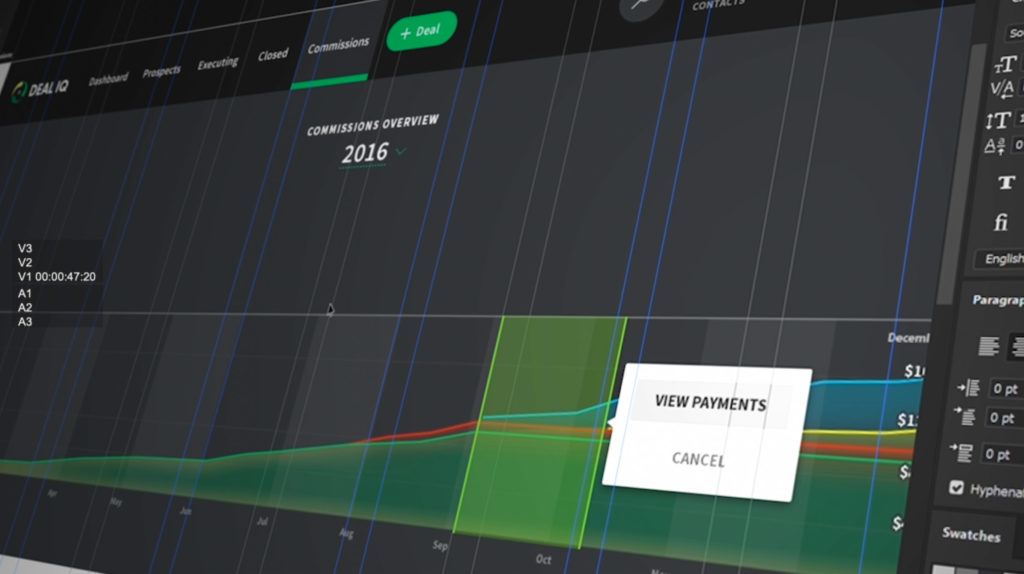
At its core, RPA is software robots leveraging AI working in the background to automate routine tasks and free human designers, developers, and engineers to do more creative, impactful work.
When we connected recently, our Software Director Sean Patterson, who gets an abundance of important emails, came up with an exciting use case grounded in his practical experience:
“By leveraging RPA, I could create a program that takes the text of every email coming in, sends it through Microsoft Cognitive Text Analysis, and returns a mood sentiment score and confidence rating in that score. For any emails marked with 90% confidence and in the ‘mixed-to-negative’ review score—for clients, the team, or third-party vendors struggling with something—a copy of the email would be sent to our customer engagement team as an alert. Then, we could develop a plan to address concerns and improve the relationship. I usually would have had to reach out to do that anyway while also completing all of the sentiment analysis on my own.
We could leverage the cognitive text service again to extract the key phrases, and upload the confidence score, sentiment, and phrases into an SQL database where additional data processing is done. Through the power of RPA, I’d have a faster engagement time with customers, and deeper analysis that gives me better insights into what topics (key phrases) need to be addressed organizationally moving forward.”
RPA doesn’t have to do with robotics in the traditional sense.
As illustrated by Sean’s example, one core element of robotic process automation is business analytics (of various kinds) powered by AI and machine learning. Although the technology under the hood is complex, the concept of RPA itself isn’t.
RPA is something that’s been happening for a while. It’s a way to automate routine, time-intensive processes and workflows. Ultimately, robotic process automation repositions human workers to do higher-value tasks that require greater creativity, which robots aren’t equipped to do.
Robotic process automation’s core benefits
Let’s look at six key benefits from Sean’s example that show the inherent value of building and deploying RPA solutions.
- Accuracy: A software robot combs incoming emails, looking for key phrases and using an algorithm to create a data-based sentiment analysis. Once the program is deployed, it takes human error (missing a critical point, glossing over a relevant detail, etc.) out of the equation.
- Productivity: Sean and other team members can focus on having interpersonal conversations with clients, something a software robot isn’t positioned to do well. Sean and others save hours of manual labor that can then be spent instead on problem-solving.
- Reliability: Software robots, like other robots, can be programmed to work 24-7. Any email that reaches Sean’s inbox and is flagged goes through the process, with minimal oversight on Sean’s part. The system can be scaled to handle thousands of incoming emails at all hours of the day.
- Consistency: The software robot does one specific thing exceptionally well. It flags emails and analyzes the text, serving up ready-made insights to Sean and his team. Because the focus is so narrow and specific, the robot focuses on performing the task consistently, without error.
- Compliance: Following the program Sean created, the bots comply with the software’s rules to a T. They also provide a trail of information that the finance and business development team can use to document customer relationships.
- Improved Employee Morale: Effectively parsing through the information inside important emails is essential, and coming up with a reasoned, thoughtful response is imperative. But instead of doing all of the documentation manually, Sean can focus on doing what he does best: talking to people, building relationships, and coming up with practical solutions to complex problems.
Fresh’s Work with RPA systems
Harbor Hub: unified ordering and inventory management
Harbor Wholesale came to us for help leveraging and unifying their existing systems and workflows to create a software tool for seamless inventory management. The result was Harbor Hub, an RPA-powered ordering and inventory system that improves both the employee and customer experience in convenience stores.
While store owners think through creating as customer-friendly an experience as possible in their physical location, software robots work in the background, ensuring that millions of data points are organized for easy decision-making and day-to-day operations.
RANDYS Worldwide: streamlined e-commerce
RANDYS Worldwide is the leading US supplier and distributor of differential gears, axles, installation kits, and many other automotive parts. RANDYS needed an e-commerce platform and robust back-end database to make their thousands of products easy to find for customers, and easy to catalog for their workforce of 200 team members across seven warehouse and distribution facilities.
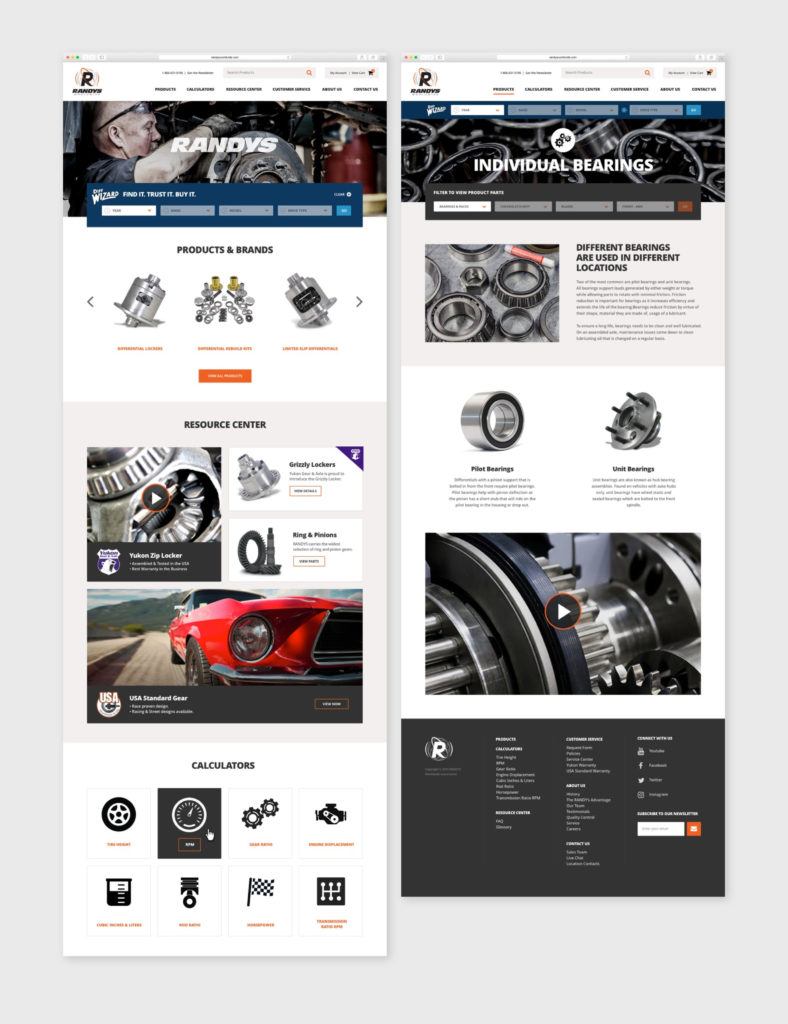
We built a platform which integrated WordPress and WooCommerce, implementing a scalable filtration system that helps users shop for a massive array of automotive products through the RANDYS website. While RANDYS employees provide the customer service and industry expertise that sets them apart from competitors, software robots operate in the background, ensuring that no detail of the ordering process goes unaccounted for.
RPA is software robots working in the background to automate routine tasks and free human designers, developers, and engineers to do more creative, impactful work.
Ben Bridge Jewelers: simplified sales and customer experience
Ben Bridge Jewelers leads the high-end jewelry retail industry with their instantly recognizable brick-and-mortar storefront. But their e-commerce experience wasn’t as efficient or intuitive as it needed to be to compete in the increasingly complex consumer digital retail space.
We partnered with the Ben Bridge team to not only build an elegant front-end that did justice to their brand, but also create a technical back-end to improve online sales workflows and integrate PayPal and Amazon Checkout. Software robots handle data and security-sensitive payment operations while Ben Bridge employees are empowered to continue representing the company as the preeminent leader in luxury jewelry retail.
Key outcomes of the RPA system included a 48% record-breaking, year-over-year growth in website traffic over four years and a 370% increase in online transactions post-launch.
What’s on the horizon for RPA?
McKinsey Digital included robotic process automation in their recent top trends in tech, citing the key enablements RPA offers for:
- Deploy(ing) autonomous operations
- Scal(ing) up operations evenly and quickly
- Operat(ing) with less dependence on a human workforce for routine tasks
- Flexibly adapt(ing) operations to new requirements
Let’s return to Sean’s email example. It’s an amazing premise for using natural language processing, business intelligence, and machine learning to create an autonomous system for customer sentiment analysis. It’s scalable, frees humans to do higher-value work, and is easily adaptable to new requirements as they arise. It leverages AI learning models that developers in the space are familiar with, making it feasible to stand up a solution with speed.
The same is true of other RPA solutions, and the sky’s the limit. Whether you’re in pharmaceuticals, transportation and logistics, automotive, chemicals, electronics, or telecommunications, robotic process automation offers unparalleled benefits for the automation of routine processes for which software robots are so well equipped.
We’d love to hear from you about your automation opportunities and how our cross-functional team can help! Let’s connect.

